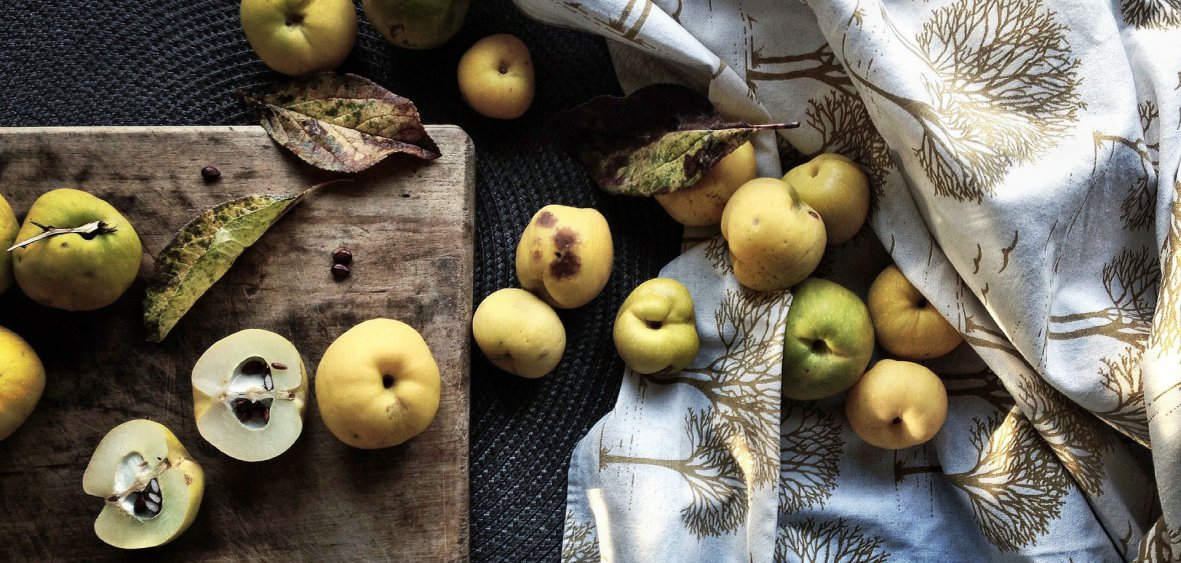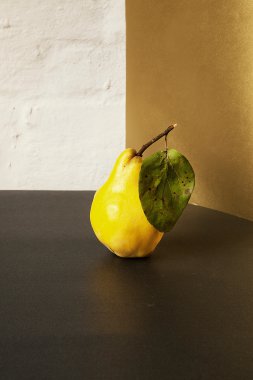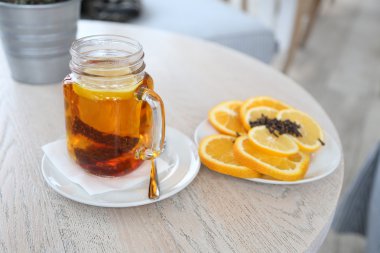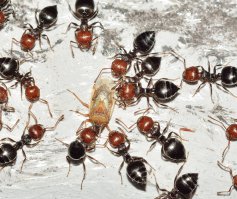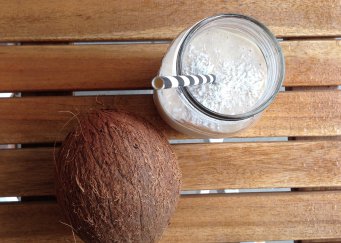Quince and quince - differences
Both plants, although they come from the same family, are completely different. What is worth knowing? The easiest way to distinguish them is by their appearance. Pigva is a tree which in Polish conditions reaches up to 3 meters high and resembles a little pear. Quince is a thorny shrub not exceeding 1.5 m high.
Ligva and quince - flowers
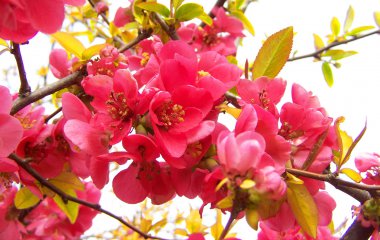 The flowers also differ from each other. The pigeon blooms in pink and white at the turn of May and June. The flowers resemble apple-tree flowers at first glance and are up to 5 cm long. The quince, on the other hand, blooms orange and red even before the leaves develop. The flowers are not bigger than 2,5 cm. In addition, the quince needs a second flowering variety to pollute the flowers, unlike the quince. However, both plants are highly honey-bearing.
The flowers also differ from each other. The pigeon blooms in pink and white at the turn of May and June. The flowers resemble apple-tree flowers at first glance and are up to 5 cm long. The quince, on the other hand, blooms orange and red even before the leaves develop. The flowers are not bigger than 2,5 cm. In addition, the quince needs a second flowering variety to pollute the flowers, unlike the quince. However, both plants are highly honey-bearing.
Quince and quince - fruit
In the case of quince, they are yellow and large, sweet and aromatic, slightly sticky and waxy. They can weigh up to 1 kg. The taste of quince becomes milder when cooked. The seeds, in turn, show poisonous properties, which is why the popularity of quince has declined recently. The quince fruit is the size of a walnut. Like quince, they are yellow, but acidic and useful for consumption only after cooking. They are perfect as an addition to tea. In the past, they were also put into wardrobes.
Ligva - properties
Ligva is a fruit which should become a basic component of the diet in autumn and winter. It contains a large amount of vitamin C and other vitamins, as well as elements strengthening the body's immunity and supporting the immune system.
Quince-growing
Cydonia oblonga has been cultivated for many years mainly as an ornamental plant in orchards and parks. The fruit ripens in autumn. They are yellow and quite large, which is why they are sometimes called apple fruit. They are not suitable for eating raw, because they are hard and very sour. However, they work well as an ingredient of many preserves - marmalades, jams, compotes, juices, liqueurs or wines. The quince is sometimes confused with the Japanese quince (Chaenomeles japonica), but in the latter case the fruit is smaller and more acidic. Ideal for use in tinctures - quince tinctures.
Influenza and cold pigeon
It contains tannins, pectin and volatile oil. In addition, it is a valuable source of vitamin C, which effectively strengthens the immune system. In the autumn-winter season, the body also needs the B vitamins contained in it. Quince fruits also contain minerals (calcium, phosphorus, potassium, copper, iron, magnesium, phosphorus), which are needed to strengthen the body. It is therefore advisable to consume quince fruit in the form of juice during the fight against flu and cold.
Gastrointestinal gastrointestinal tract ailments
Quince seeds also have a therapeutic effect. The infusion prepared from them soothes indigestion, as well as heartburn and stomach reflux. It is recommended to drink it also in case of inflammation of the gastrointestinal tract or stomach and intestinal rhinitis. Fruit and quince seeds stimulate digestion, so they are recommended in a slimming diet. In addition, they strengthen the liver.
Ligva - regulations
Quince juice - for cold
Wash 1 kg of fruit and cut into quarters. Then you have to remove the seeds and cut them into smaller slices. Fruits prepared in such a way are arranged in a large jar and covered with sugar (0.5 kg per 1 kg of fruit). Such a jar should be left in a warm place for 5 days, stirring its contents once a day. Then the syrup is poured into smaller jars and pasteurized for 10 minutes. A little bit of bee honey can be added to it.
Ligva - Preparations
Tea girdle - jam
Quince confectionery can be like lemon added to tea. How to prepare it? Peel 1.5 kg of fruit and cut into smaller pieces (removing stones). Boil the whole thing in water for about 40 minutes. Then pour the fruit into a pan and sprinkle it with sugar and cinnamon. They should be fried until they are dark orange. Such jam can be eaten immediately or pasteurized for the winter.
Quince tincture
Ingredients:
- 1 kg quince fruit
- 1 kg sugar
- 0,5 litres of vodka
- 0,5 litre of spirit
Preparation:
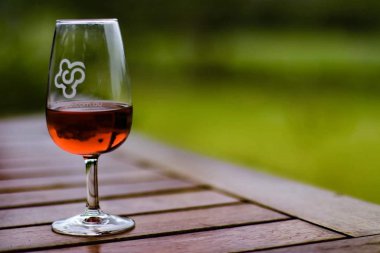
The quince fruit should be washed, dried and cut into small pieces removing the seed nests. Then they are thrown into a large jar and covered with sugar and left in a dark place for 2 weeks. After that time the syrup is filled with spirit in a separate jar. The whole thing still requires 2 months. The rest of the fruits can be flooded with vodka and filtered after 3 weeks. Finally, both solutions are combined.
Quince tincture
Ingredients:
- 1,5 kg of quince fruit
- 1 l of spirit
- 1.4 l of boiled water
- approx. 1 kg sugar
The fruits should be washed and cut into small pieces. They are then placed in a larger jar and poured with spirit. A jar prepared in such a way must wait a month. After this time, the alcohol should be poured off it. It is combined with syrup prepared from water and sugar. Such a mixture goes back to the fruit for a few days. After a few days the syrup melts and is mixed with alcohol. The whole can be stored for up to several months.
Quince and quince in the garden
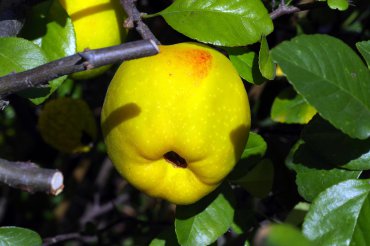 The differences between quince and quince are visible in their cultivation. Pigwa likes sunny and sheltered places from the wind. It is not fully resistant to frost, so it needs to be covered. It is not very demanding in terms of soil. It requires frequent watering. Quince, on the other hand, is basically frostproof, prefers a sunny or semi-shade position. It is also resistant to damage.
The differences between quince and quince are visible in their cultivation. Pigwa likes sunny and sheltered places from the wind. It is not fully resistant to frost, so it needs to be covered. It is not very demanding in terms of soil. It requires frequent watering. Quince, on the other hand, is basically frostproof, prefers a sunny or semi-shade position. It is also resistant to damage.
The needle can be pruned from time to time. First of all, it is worth to remove diseased and damaged shoots. New ones will grow in their place. In turn, the quince is formed most often after flowering, when the oldest shoots are removed. Quince fruits ripen only in October, so sometimes they are picked earlier and wait until they ripen in the weather conditions. In turn quince can be harvested even after the first frosts.

